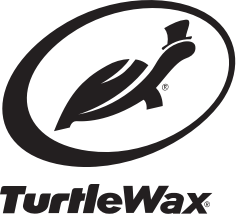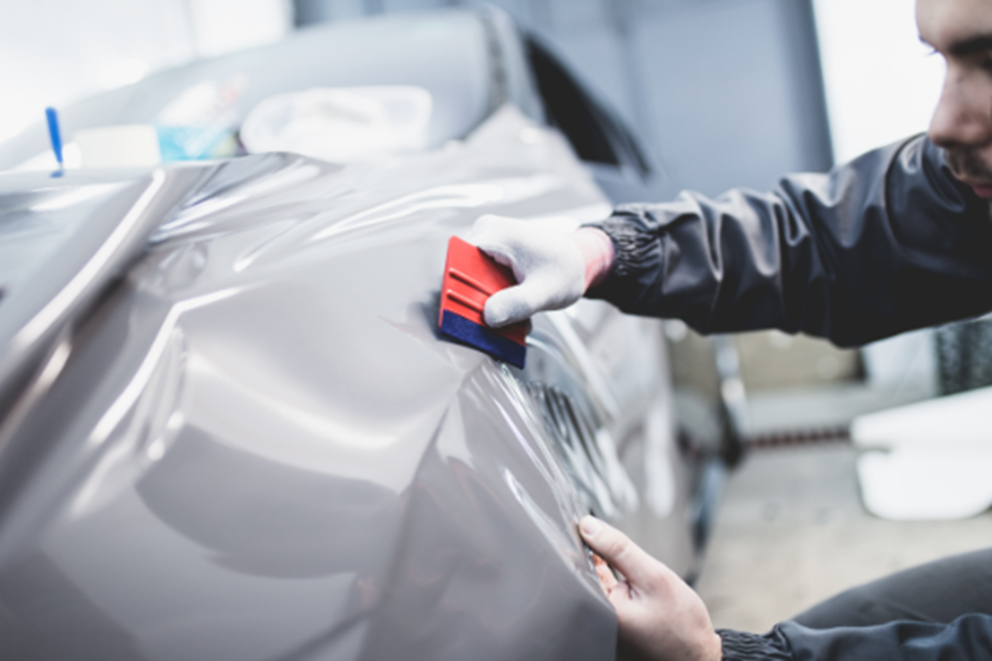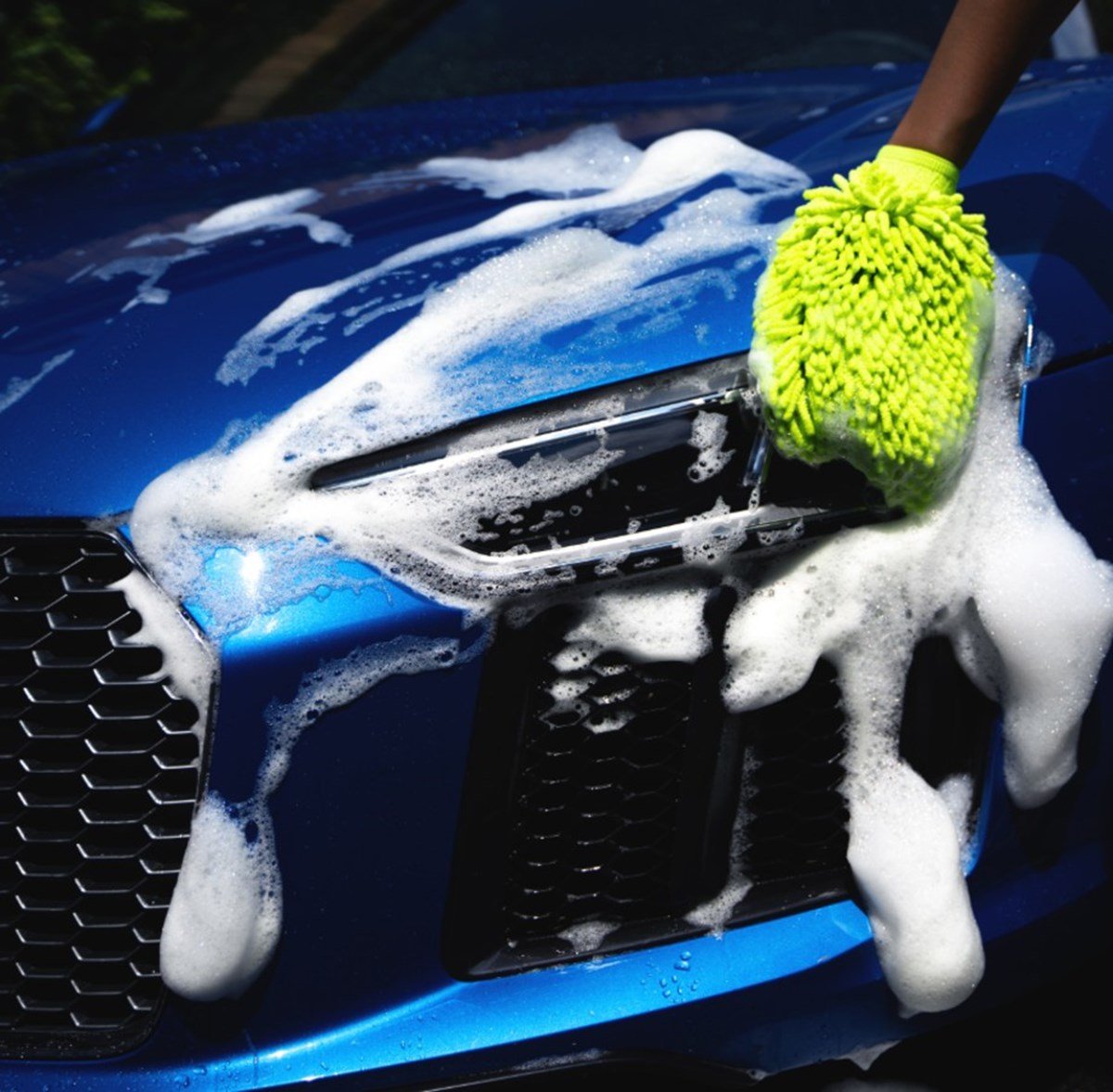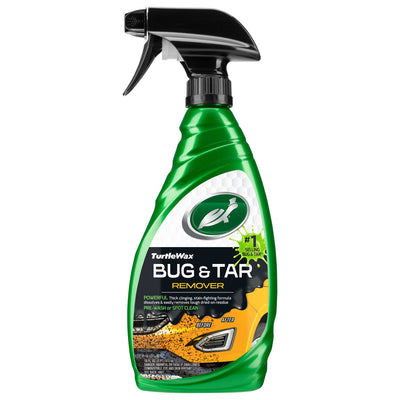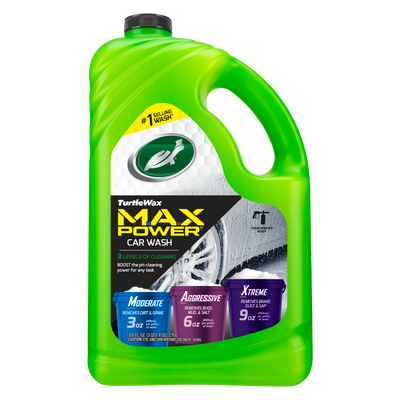
FREE DELIVERY ON ORDERS OVER $30
Revitalize Your Ride
THOUSANDS OF 5-STAR REVIEWS
- Home
-
Exterior
- Wash
- Wax, Seal & Coat
- Paint Correct
-
Restore
- headlight restoration
- scratch repair
- trim restoration
- bug & tar removal
- metal & chrome finish
- View all Restore
- Wheel & Tire
- View all Exterior
- Interior
- Hybrid Solutions
-
Mister Cartoon
- Mister Cartoon Complete Collection
- Mister Cartoon Air Care & Foggers
- Mister Cartoon Wash, Wax & Detailer
- Mister Cartoon Interior, LVP & Protectant
- Mister Cartoon Wheel & Tire
- View all Mister Cartoon
- Car Care Kits
- Accessories
- Learn
- Rewards
- Product Finder
FREE DELIVERY ON ORDERS OVER $30
Revitalize Your Ride
THOUSANDS OF 5-STAR REVIEWS

HOW TO VINYL WRAP A CAR AND CARE FOR IT – THE FULL DIY GUIDE
Given that over half of all cars are monochromatic shades, it’s no surprise you’re interested in a new look, a new color or finish or something more artistic. For years, the solution was a custom paint job, but the mid-1990s marked a revolution in vehicle customization: vehicle vinyl wrap.
